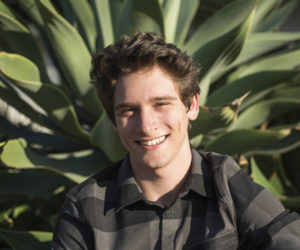For me, photographing a landscape is rooted in my desire to explore. It’s about expressing my actual experience of a place, as I prefer to let existing conditions dictate the picture’s term. I am not interested in traditional composition, rather, I try to simplify the picture space by giving importance to objects in the foreground and middle distance as a way to convey the depth and magnitude of the scene. This allows me to bring an enhanced sense of detail in my imagery.
I tend to take photographs in the hours before sunrise and after sunset, because of my interest in astrophotography—a passion I discovered in my early high school years when I combined my artistic and scientific curiosities. From images of the moon and planets to the constellations, nebulae, and star clusters, capturing pictures of celestial objects allows me to explore the balance between the Earth and the stars. When you look at what is beyond, you’re looking at objects far away in space and time, allowing everything to drift away.
While my nature-themed images aim to be representational, they don’t always have to be. Sometimes, I composite images as a way to add new visual interest. I often choose to capture my landscapes and skies separately in order to achieve a technically perfect and luminous image. I often shoot landscapes at night using long shutter speeds allowing thousands of stars and vibrant colors not visible to the human eye to appear. I use editing software to bring my photos to life, adjusting the brightness, contrast, saturation, and composition of the image. Through these techniques, I am able to create two-dimensional images and control how the viewer reads the picture.

